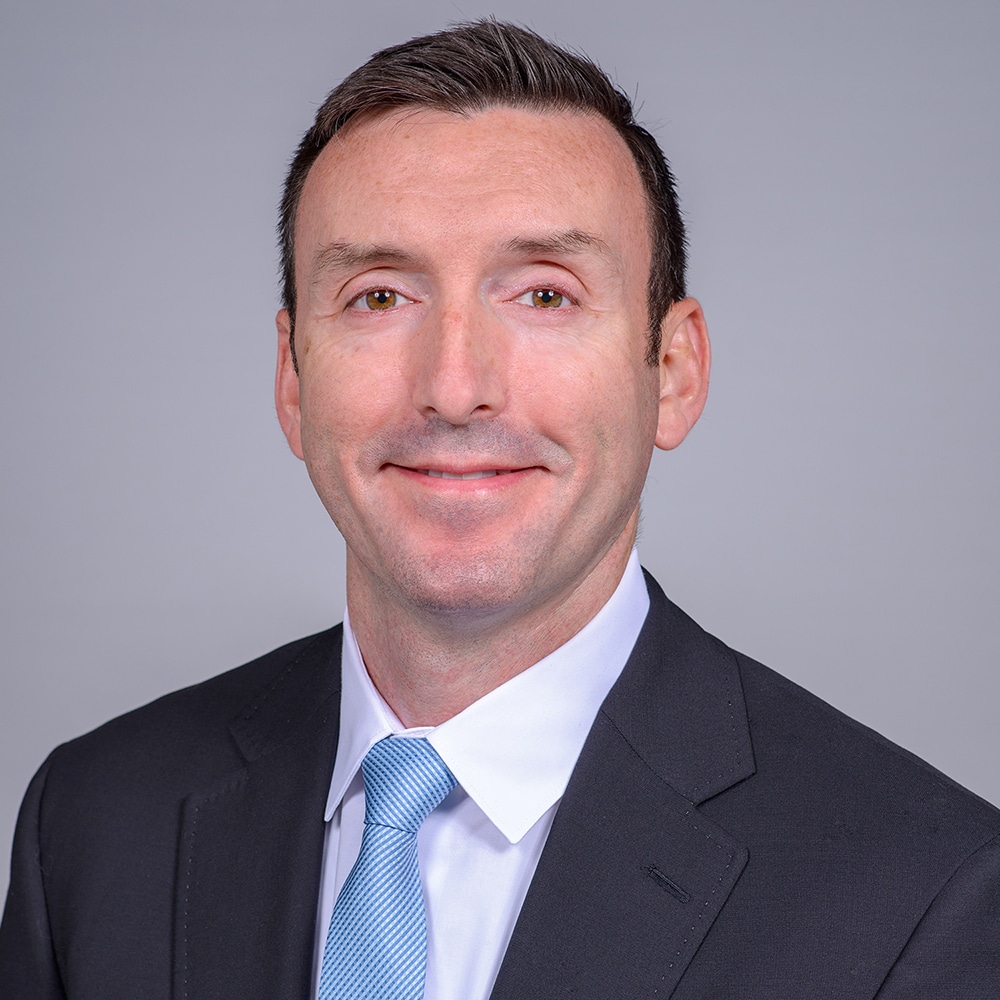
You’ve hit age 40 and you’ve scheduled your first mammogram. What comes next?
Before coming to your appointment, make sure you:
- Don’t wear deodorant or lotions. Many deodorants and lotions have metallic particles in them. Calcifications are an early sign of breast cancer and it can be hard to distinguish metallic particles from calcifications when the radiologist is reading the mammogram. You can bring deodorant or lotion to put on afterward.
- Wear a skirt or pants so that you only have to remove your shirt and bra.
- Don’t forget your insurance card and photo ID. Screening mammograms, including 3-D mammograms, are covered by most health insurance companies.
- Have a primary care doctor to send the results to. Don’t have a primary care doctor? Call UofL Physicians – Primary Care at 502-588-4343 to establish care as a new patient.
- Do you want a 3D mammogram? There are benefits to getting a 3D mammogram over the standard mammogram because it can provide a more accurate picture. There may be additional cost to upgrade to a 3D mammogram if it is not covered by your health insurance. Remember to check with your insurance company prior to scheduling.
- Know your breasts. During your appointment you may be asked to report any issues you’ve noticed.
- If this isn’t your first mammogram or you’ve had one previously at another facility, ask for a copy of your records to be sent to the new facility prior to your appointment.
During your mammogram:
- You and the technologist will be the only ones in the room. The technologist helps position your breasts in the machine.
- You will remove your shirt and bra. A cover will be provided.
- To get a clear image, your breasts need to be flattened. The machine will compress them for a few seconds for each image, and the technologist will reposition your breasts between images. The whole procedure takes about 20 minutes.
- You might feel some discomfort, but some women find it’s not as bad as anticipated. If it becomes painful, tell the technologist.
After a mammogram, the images will be provided to and read by a radiologist. A radiologist specializes in screening and diagnostic imaging. The radiologist will carefully review the images for calcifications or other signs of breast cancer. The results are then returned to both you and your primary care doctor, and you will be notified if additional tests are needed. If you do not hear back about your results within two weeks, do not assume the results are normal.
Mammograms are offered at seven locations within UofL Health: Brown Cancer Center, Mary & Elizabeth Hospital, Shelbyville Hospital, Medical Center East, Medical Center Northeast – Breast Care Center, South Hospital and Brown Cancer Center – Mobile Screening Unit. To schedule a mammogram at UofL Health, call 502-681-1405 or visit our mammogram screenings page.









